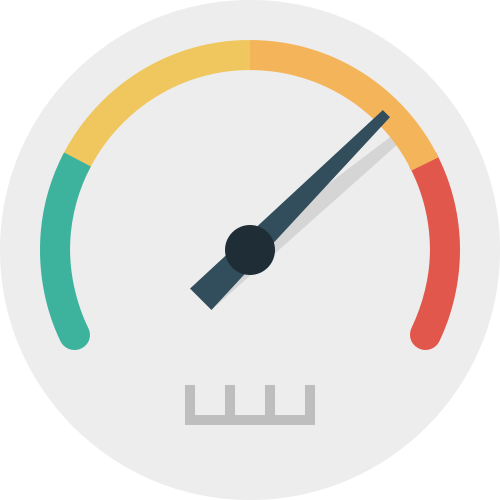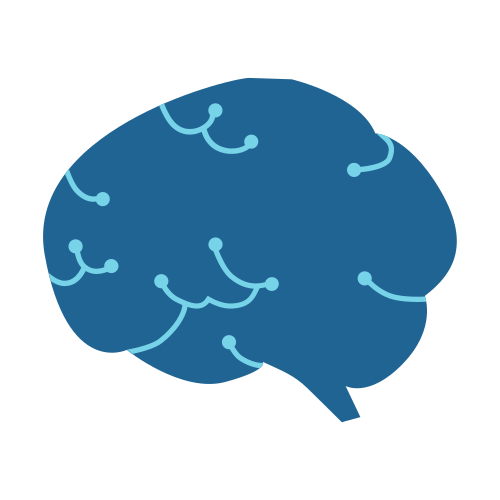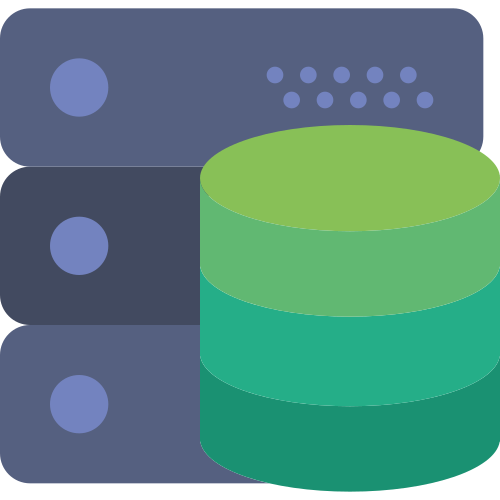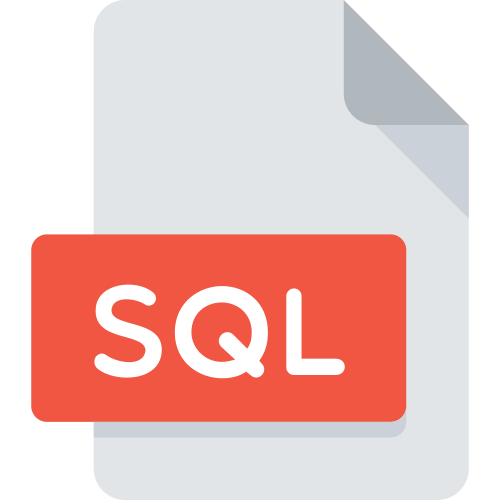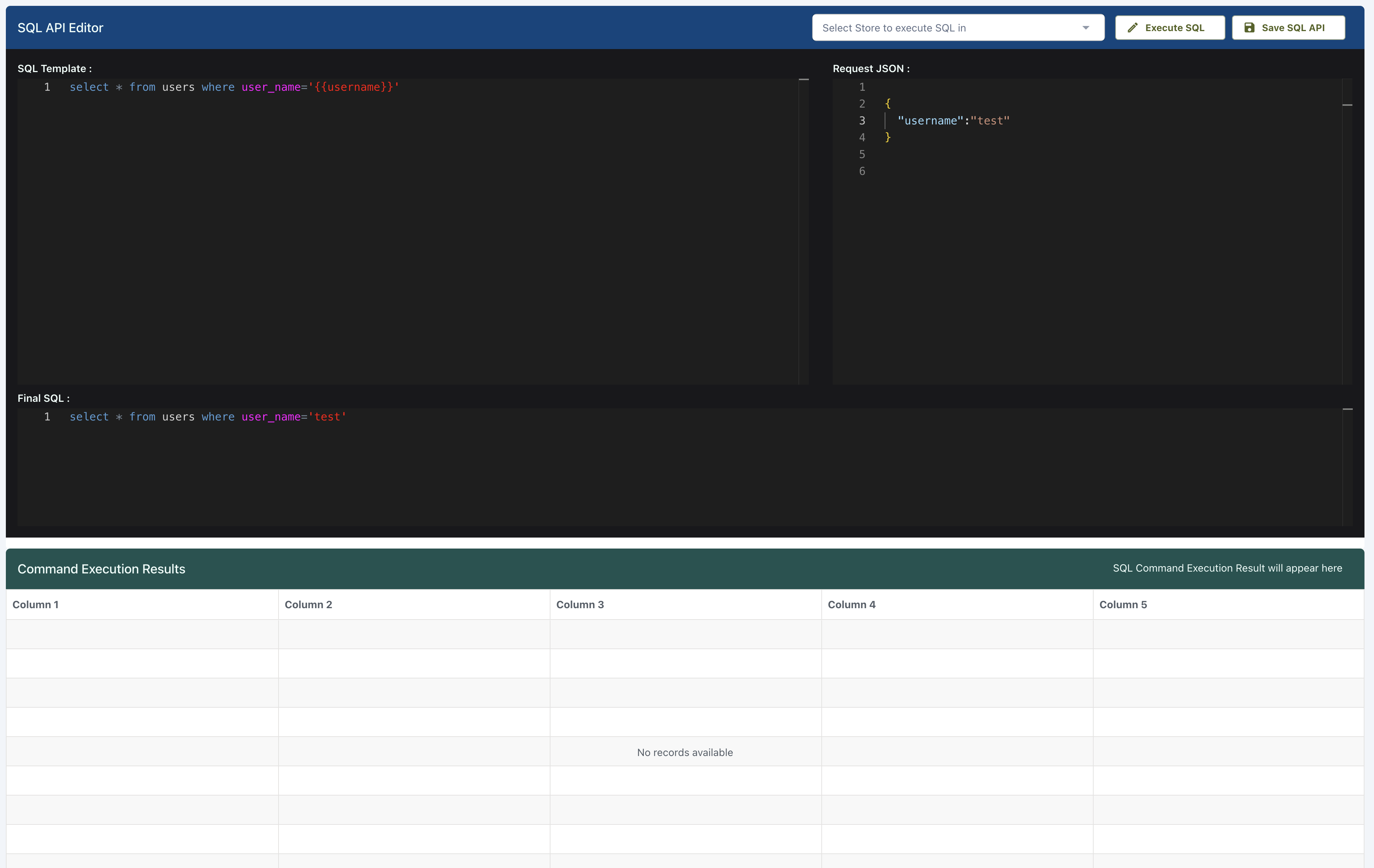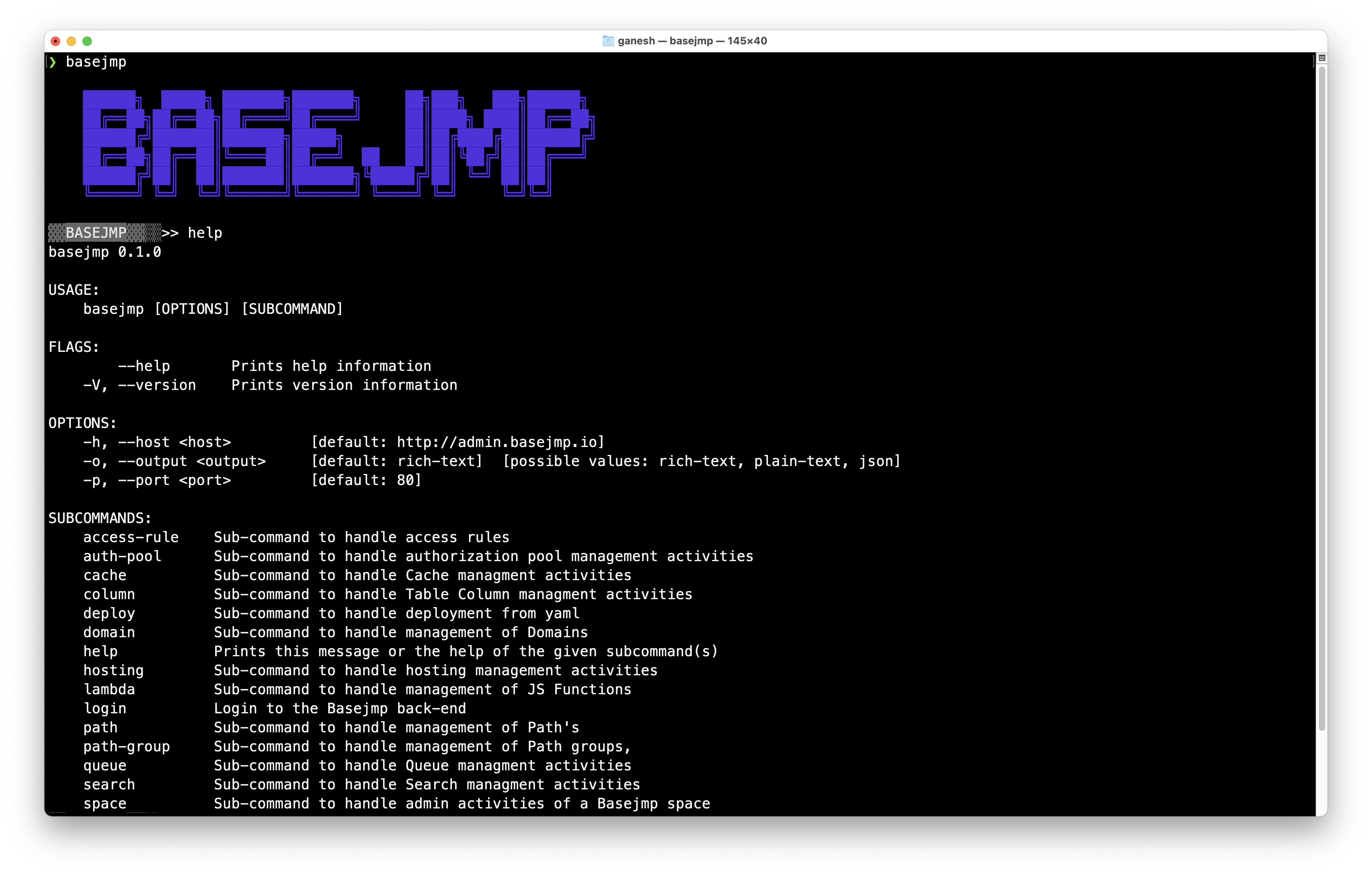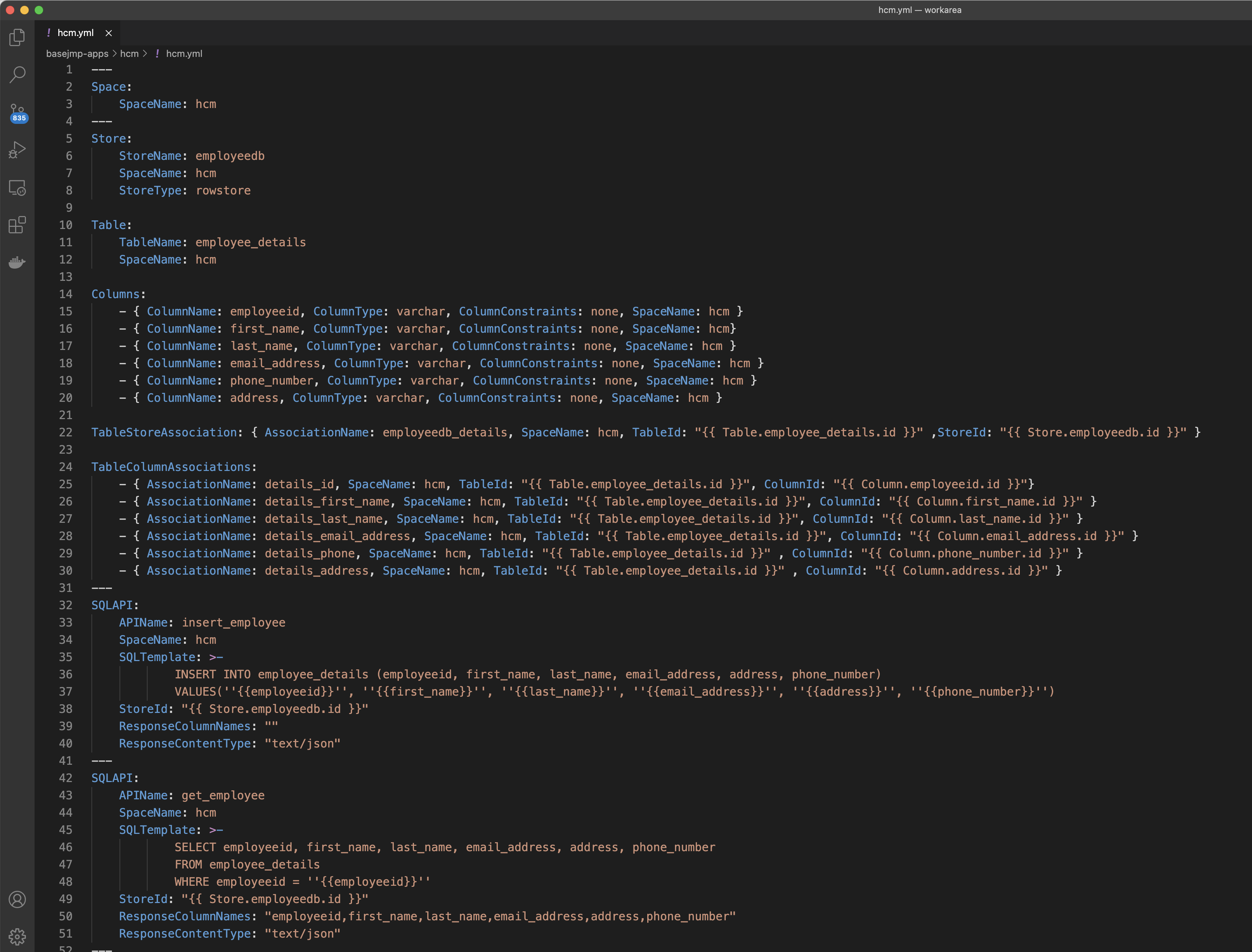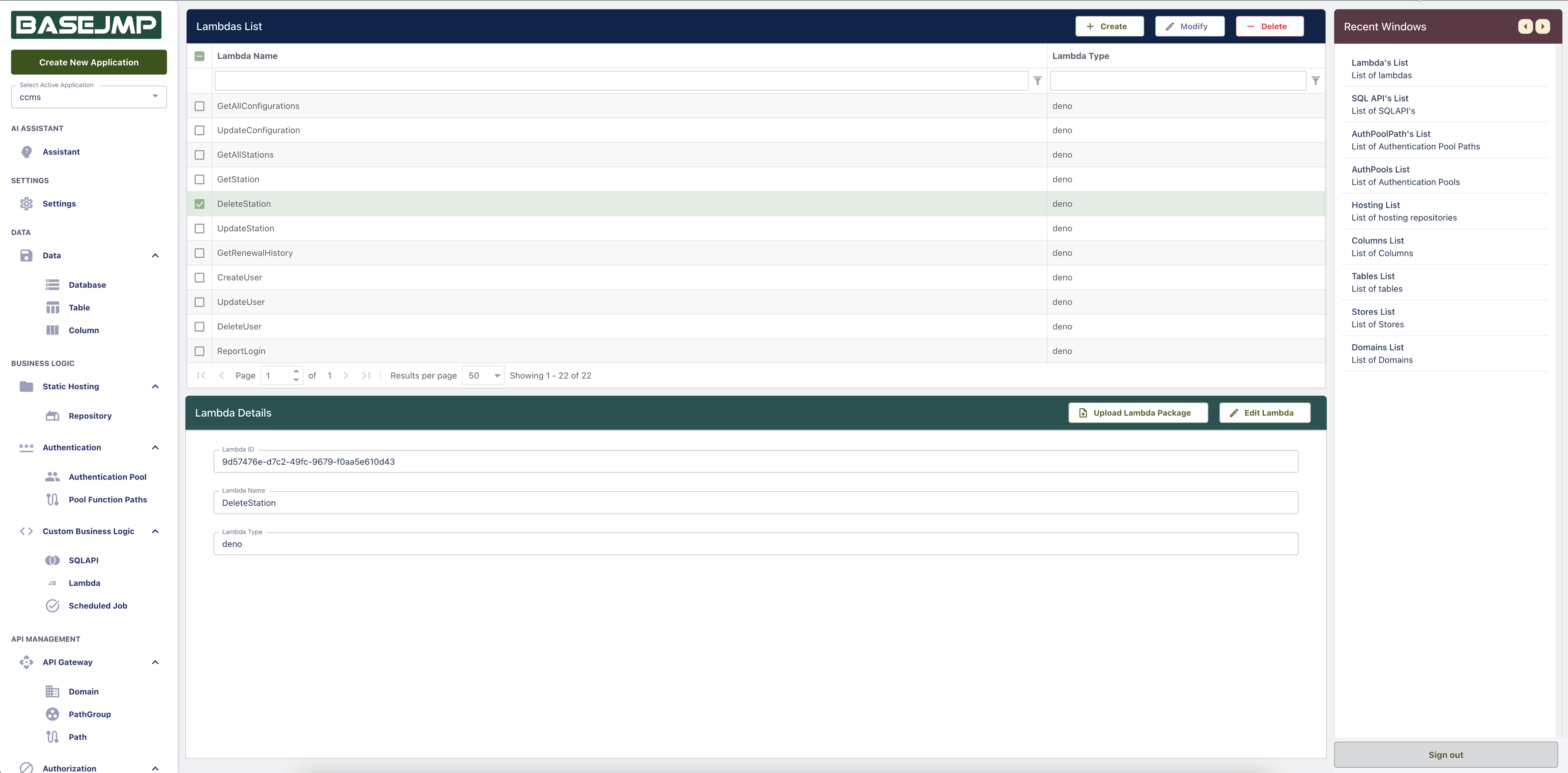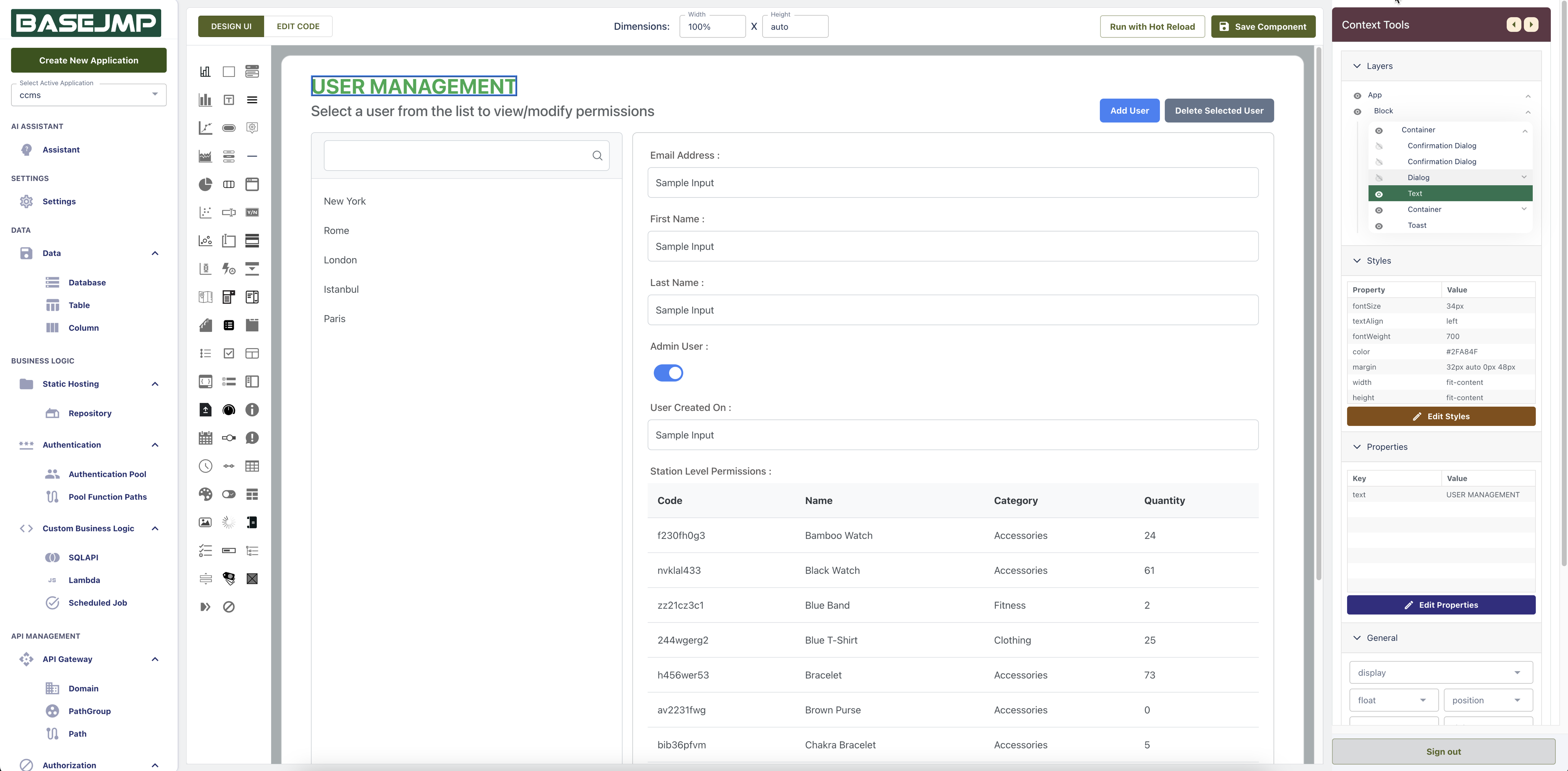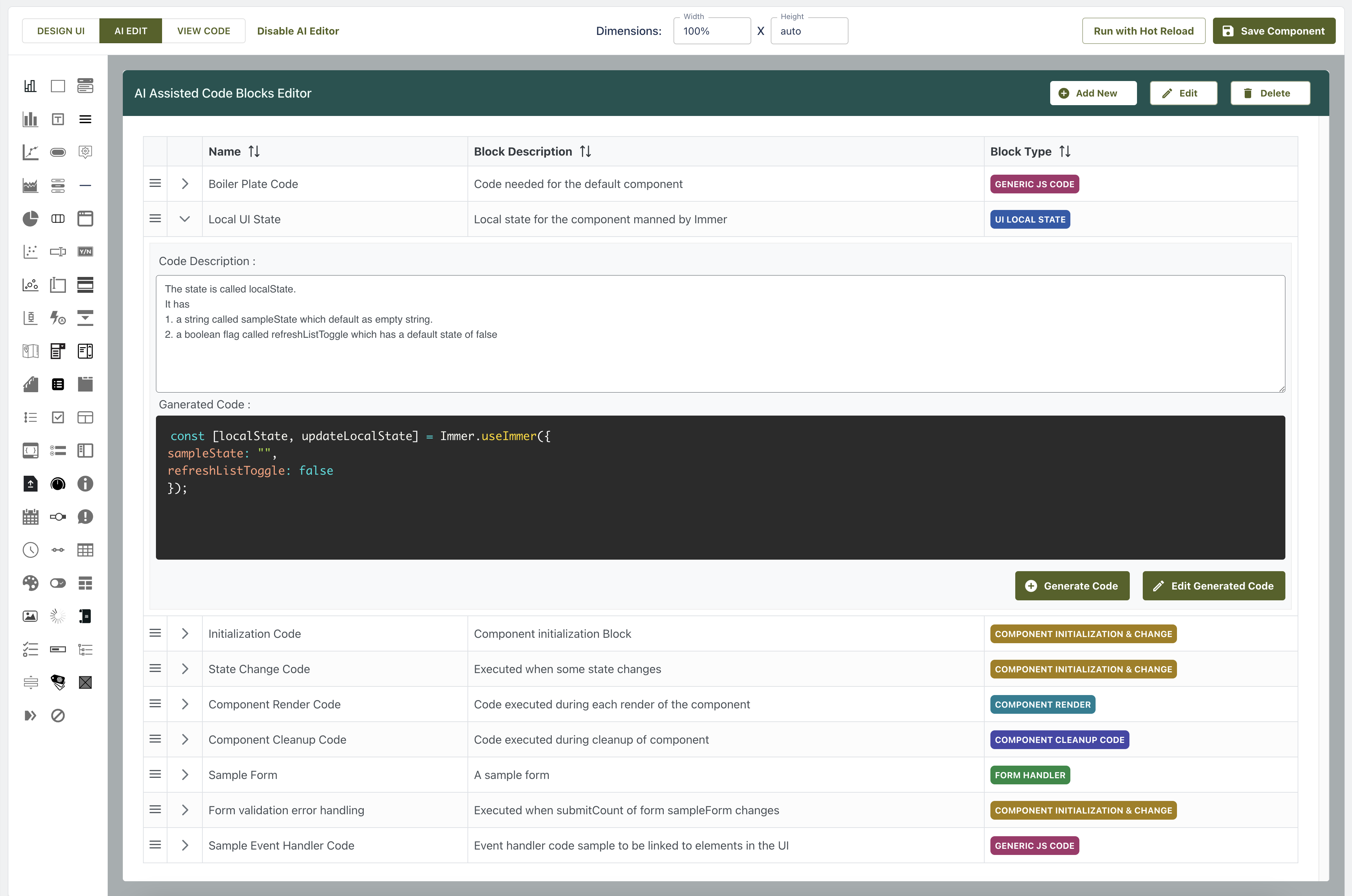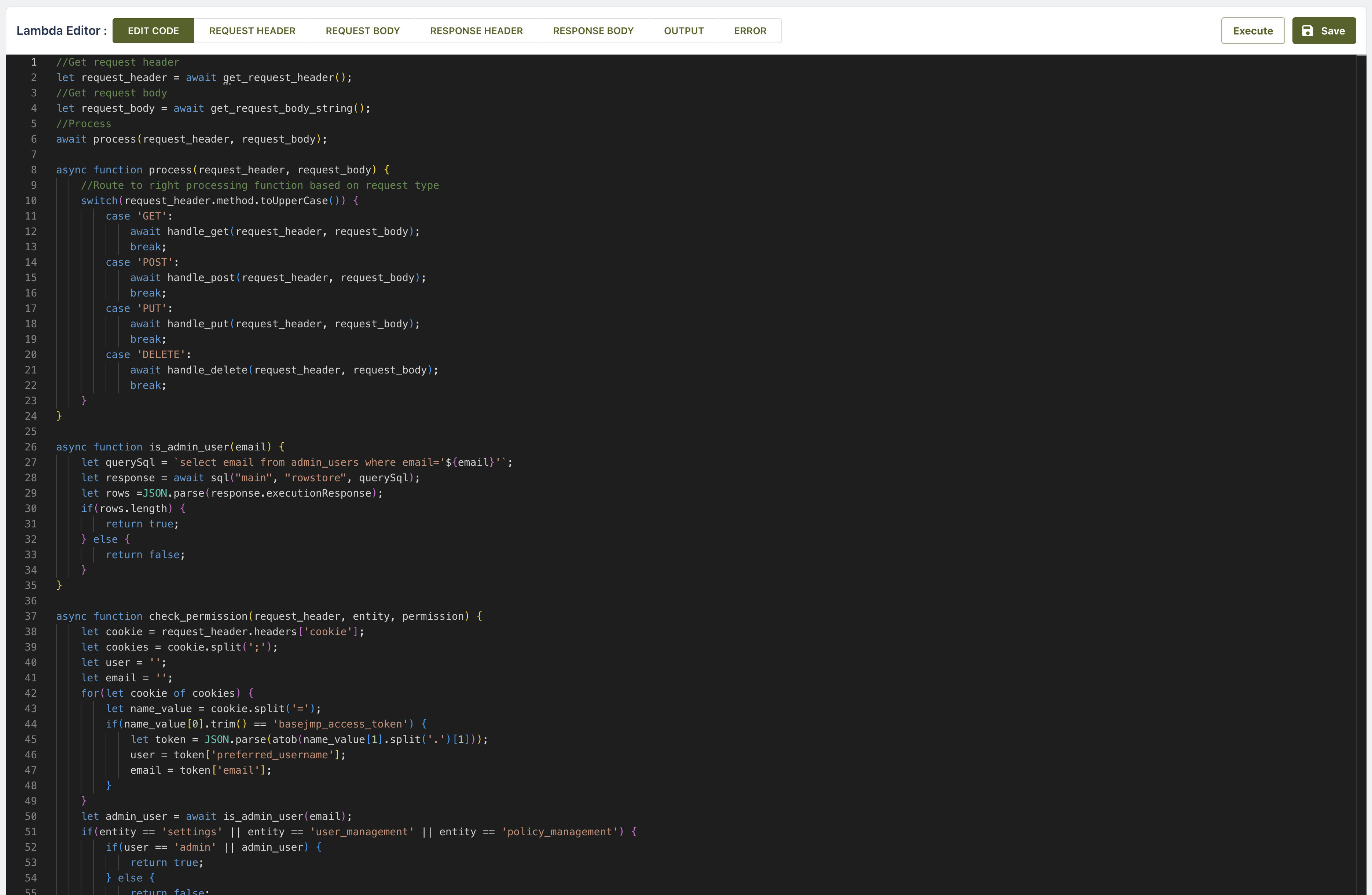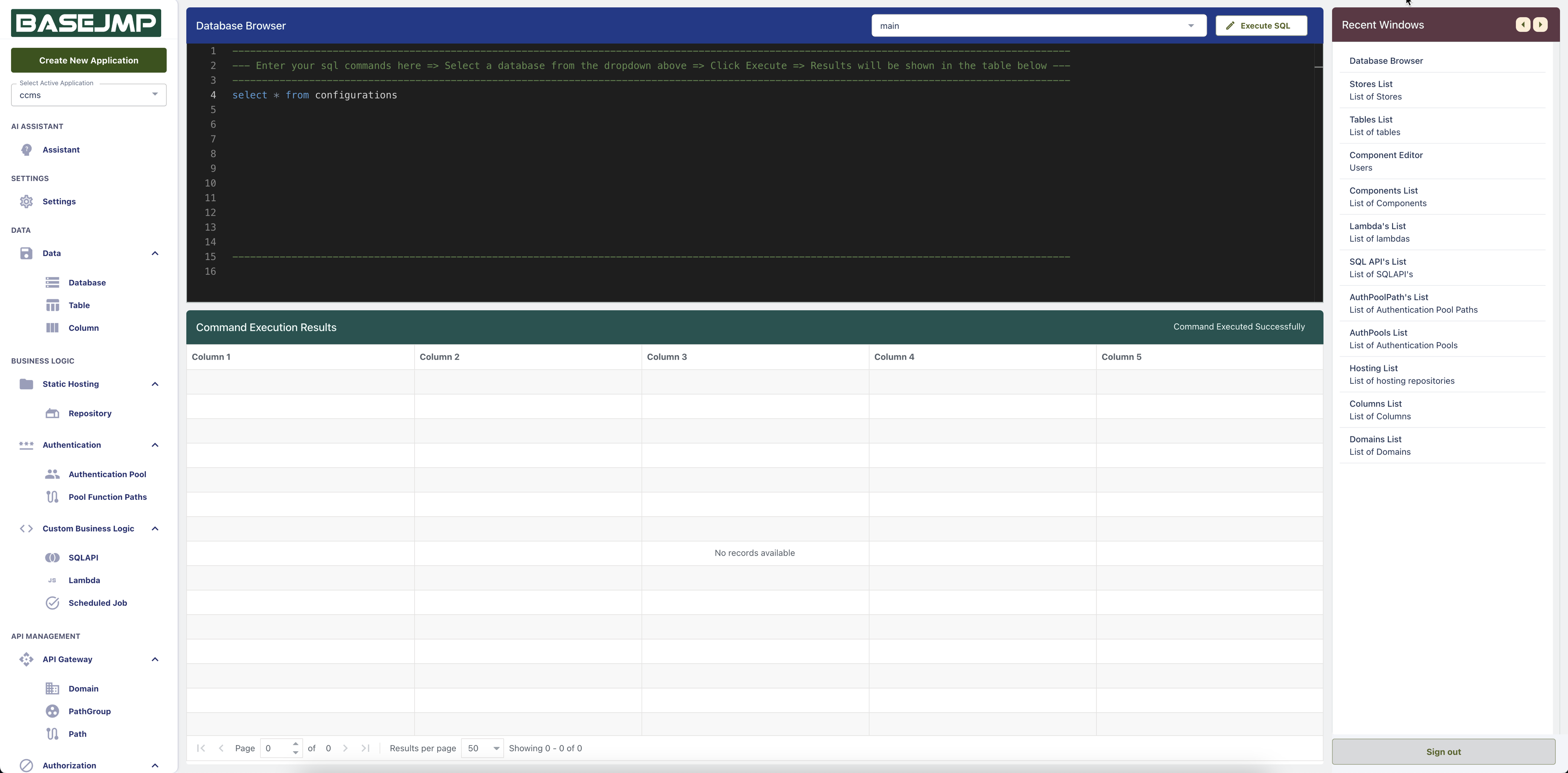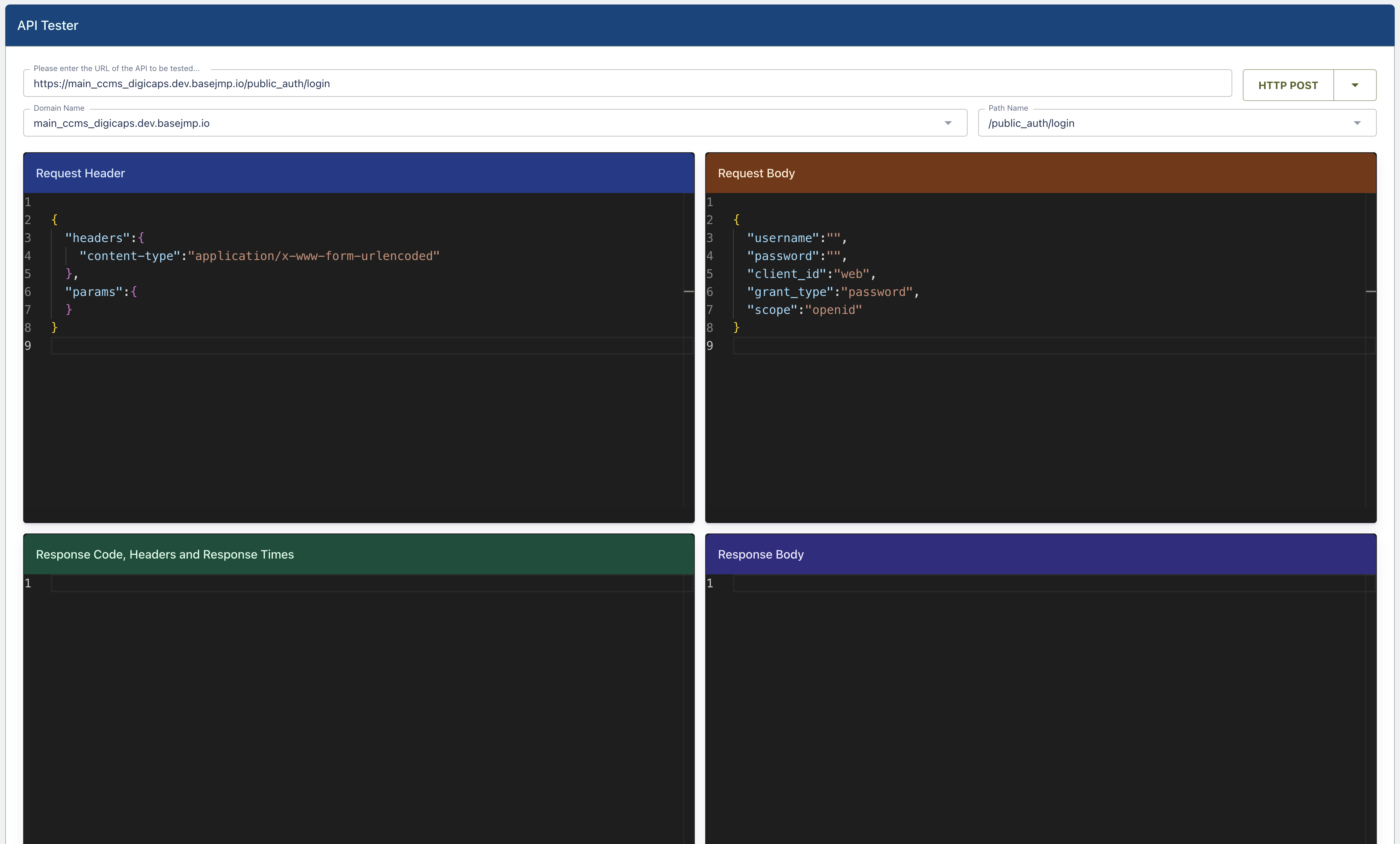Rapid, Reliable, Painless Custom Business Applications
Basejmp is an AI-Assisted Low-Code solution that enables the rapid and painless development of custom cloud-native full stack applications to drive your Digital and AI transformation initiatives.


The Basejmp way of building applications
What is Basejmp ?
Basejmp is a Universal Cloud-Native Full-stack Application that can be rapidly configured and customised for a specific purpose
What does the Basejmp deployment contain ?
Basejmp Components

A Universal Application
A universal full-stack, cloud-native, multi tenant application that can be configured and customized to a specific need. This application can be deployed either on premise or on your cloud account

Application Blocks
The universal application is made of configurable and customizable blocks for the different parts of the application. These are configured or customized per application depending on the requirements

Development Tools
The configuration and customization can be achieved via a set of high-productive development tools accessible via a browser - AI Powered Code Editor, UI Builder, API tester, Database Browser etc.
Application Development Steps

"Basejmp application development is about identifying and performing the necessary configurations and customizations to the universal app so that it transforms into the application you need."


Basejmp usecases
What applications can be built with Basejmp ?

Process Automation
Automate manual processes and activities by developing custom applications specifically adapted to unique needs and demands.

Application Integration
Push and Pull data as-is or with necessary transformations to seamlessly stitch together different systems and applications.

Business Intelligence
Build dashboards that provide an integrated view of the business by pulling in and merging data from multiple silo’ed systems.
Universal application architecture
Universal Application Architecture


Application Blocks
Configurable and Customizable Application Blocks

Development Tools
Some screen-shots of the development tools
